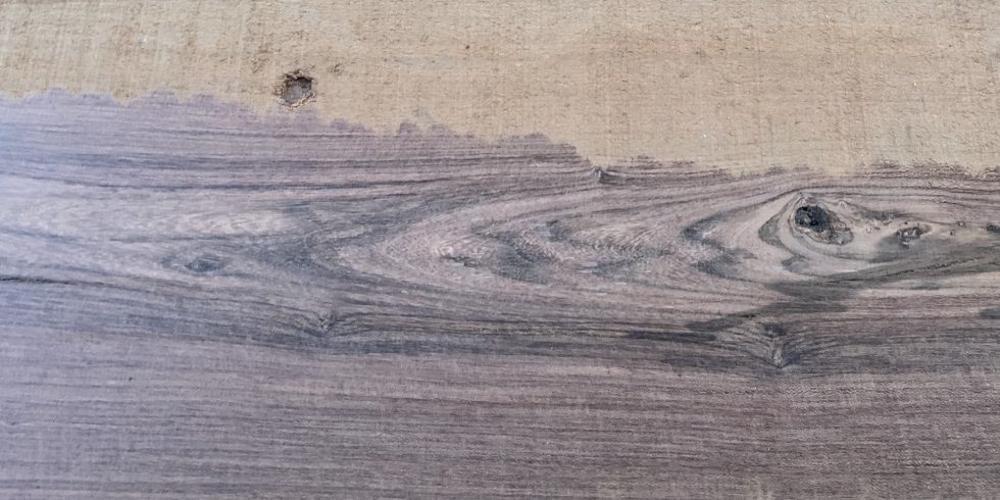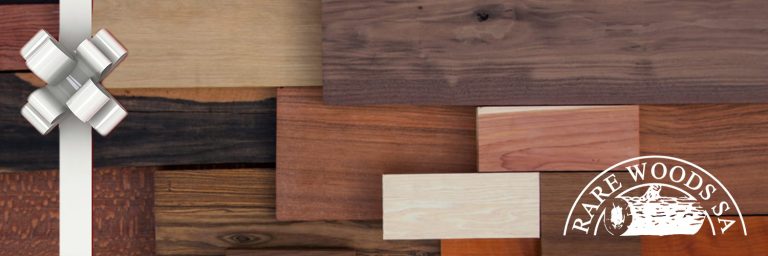Louro Preto

Louro Preto is closely related to Bocote and Ziricote, also being a Central / South American wood whose species are in the Cordia genus. Its heartwood is typically a medium brown color, with both red and green tints common. The sap is easily discerned, being of a pale coloration with a base that’s usually a muted yellowish hue. The wood is known to darken, considerably, with repeated UV-ray exposure. Compared with either of its aforementioned Cordia counterparts, Louro Preto is generally pretty tame in its grain patterns (which are usually either straight-grained or somewhat irregular).
It has a texture that ranges from fine to medium, and has the impressive natural luster associated with the genus.
Despite also sharing their propensity for high natural oil content, the wood usually glues well. It is known to be easy to work, although some examples may contain varying amounts of silica.
Not currently listed in the CITES Appendices or on the IUCN Red List of Threatened Species.
Why We Love This Wood
Louro Preto has always been greatly overshadowed by Bocote and Ziricote in terms of popularity and demand, despite being a rather handsome wood. It's very easy to work, it finishes well and has an impressive natural luster that emerges when sanded. Its pleasant appearance can sometimes be augmented by bold, dark brown lines and streaks.
Because of a general lack of demand in the US, its supply has consistently been a limited one.
Client Creations
PRE-CUT SIZES (Louro Preto)
0 resultsType
Dimensions
Grade
Price
LUMBER PACKS (Louro Preto)
0 resultsTitle
Qty
Grade
Price
Search With Filters
ALSO AVAILABLE (Louro Preto)
Description
Grade
UOM
Price
8/4 Lumber

